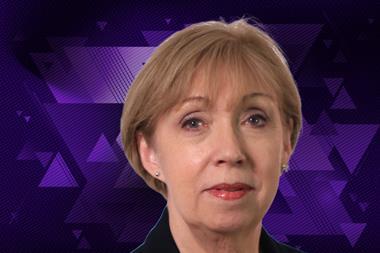M&S can afford to be satisfied, though not complacent. It still has a long road to travel to regain past levels of success.
A potentially hostile audience, doubts over appeal to middle England, succession questions - it was always going to be a tough
gig. But he pulled something out of the hat.
No, not Gordon Brown but Marks & Spencer boss Sir Stuart Rose. The retailer’s second-quarter numbers might not have represented quite such a defining moment as the PM’s conference speech, but the reservations that some in the City have expressed for so long about Rose and M&S meant that worse than expected figures would have been disastrous.
In the event, they were substantially better than anticipated. The general merchandise like-for-like decline of 0.8% looked pretty healthy against the pre-update consensus of a 2.5% fall. And a flat food performance, while not exactly cause for celebration, still represented a fourth consecutive quarter of improvement
Given the carnage afflicting weaker retailers, evidenced by the problems of Jessops and Blacks Leisure, M&S can afford to be satisfied, though not complacent. It still has a long road to travel to regain past levels of success, but it will undoubtedly still be here at the end of this recession.
Rightly, performance at M&S’s core UK operations came under most scrutiny. But new businesses are also being built on the foundations laid by Rose since his arrival in 2004.
M&S was a laggard as etail took off, but its online division is growing apace. Online sales soared 30% in the quarter. Similarly, M&S’s international scale makes it a tiddler in comparison to Tesco or Kingfisher, but sales growth of 9.6% shows the opportunities
are there.
The key trading period has yet to come and the debate over who will take up the reins from Rose will rumble on. M&S is likely to have to battle inch by inch to hold and extend its territory. But the second-quarter numbers show one battle has been won.


























No comments yet